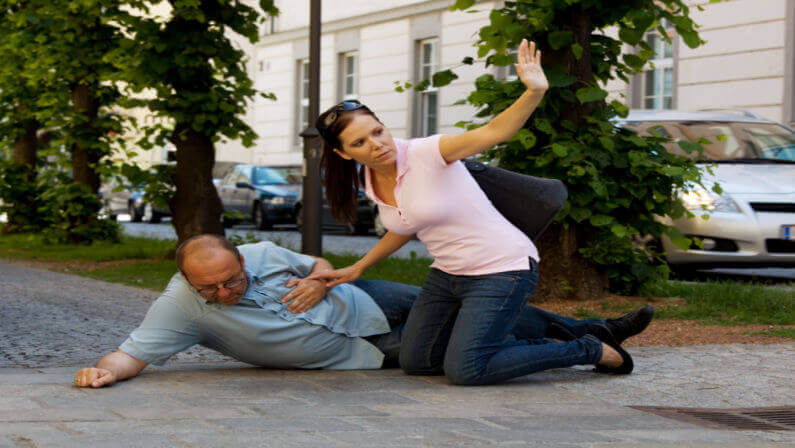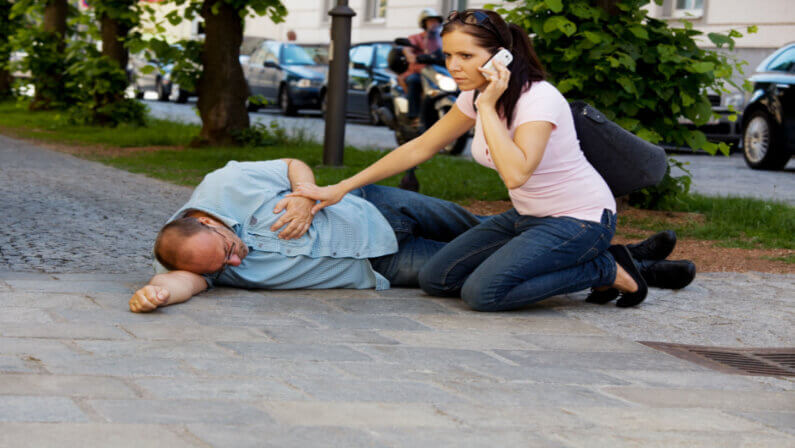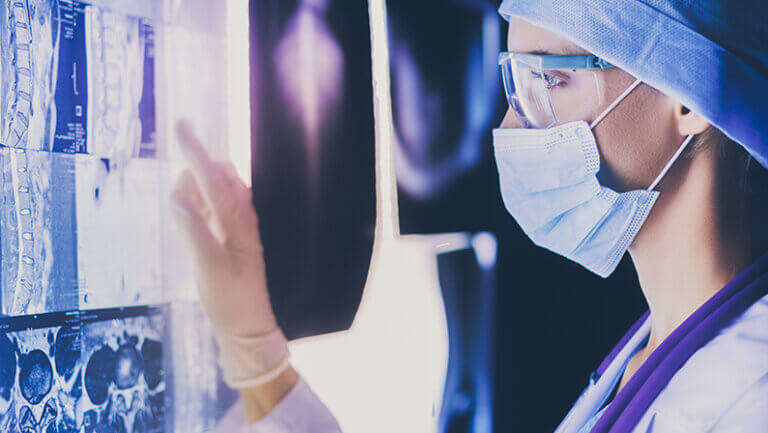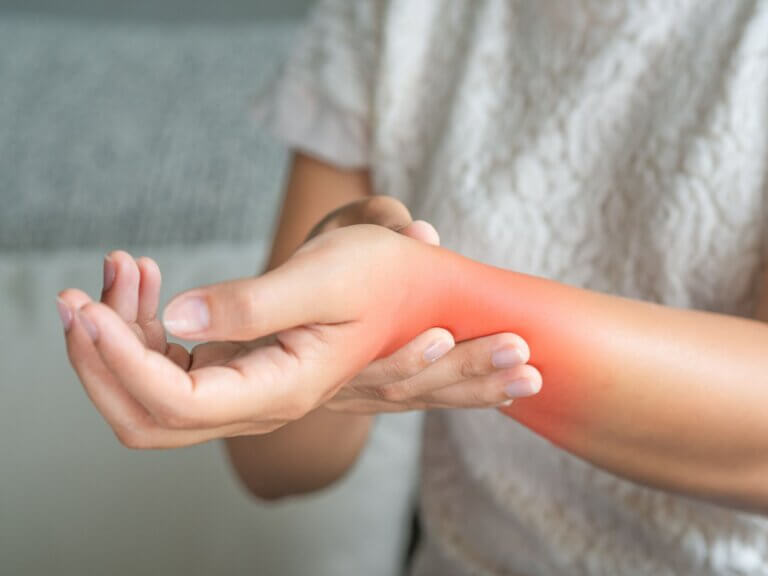Regardless of age, gender, or ethnicity, stroke is a leading cause of mortality and disability globally. If you want to avoid long-term harm and improve outcomes, it is essential to understand the causes, warning signs, and symptoms of stroke and how to act immediately in an emergency.
In this article, we will investigate the causes, types, and treatments of stroke and the steps you may take to lower your risk and protect your brain health.
What does a stroke feel like?
A stroke can feel different depending on the individual and the severity of the stroke. But stroke can cause several abrupt, distinguishing symptoms, which include the following:
- One side of the face has a droop.
- Difficulty using one hand or raising one arm to full height
- Having trouble moving one leg or dragging one leg when walking
- Speech that is slurred or has difficulties speaking
- Vision problems in one or both eyes
- Nausea or dizziness
- Walking difficulty or a sudden unbalance
According to the American Heart Association and American Stroke Association, another indication that you might be having a stroke is a sudden, severe headache that does not seem to be related to anything.
What are the first steps in dealing with stroke?
It is crucial to act promptly and seek emergency medical treatment by dialing an ambulance or emergency services, if you believe someone may be experiencing a stroke. When dealing with a stroke, time is of the essence, and prompt medical attention can help prevent long-term damage and possibly save a life.
Here are some steps to take in dealing with stroke:
Recognize the signs and call 911

Remember the acronym FAST, which can help identify stroke symptoms:
- F: Face drooping or numbness on one side
- A: Arm weakness or numbness on one side
- S: Speech difficulty, slurring or difficulty understanding speech
- T: Time to call emergency services immediately
Make an instant call for emergency medical assistance. Never try to take the patient to the hospital by yourself.
After calling 911
While waiting for the emergency personnel to come, do not panic. Verify that the place is secure and that the person is not at any immediate risk, such as from moving automobiles.
Talk to the patient. As well as other questions, ask them their name. If they are unable to speak, urge them to squeeze your hand in response to your questions. If the person remains silent, they most certainly aren’t conscious.
If the person is conscious
Put them in a comfortable position. For example, a pillow or piece of clothing should support their head and shoulders while sleeping on their side. Try not to move them after that.
Any restrictive apparel, such as scarves or collars on shirts, should be relaxed. If they are cold, cover them with a blanket or coat to keep them warm. Verify that their airway is unobstructed. Place the person on their side in recovery if any items or substances in the mouth could prevent them from breathing, such as vomit.
If the person is unconscious
Put someone in the recovery position if they are unconscious or if their airway is not quite clear.
How to do it:
- Kneel next to them.
- Put your arm at a right angle to their body with the arm the furthest away from you.
- Cross their chest with the other arm.
- Straighten the leg furthest from you while the other should be bent.
- Roll the person onto their side with their bottom leg straight, and top leg bent at the knee, with that knee contacting the ground, while supporting their head and neck.
- Tilt their head gently forward and downward to allow any vomit in the airway to drain out.
- If required, manually close the person’s mouth.
Another thing you should do is to keep an eye on their breathing and airway.
How to do it:
- The person should elevate their chin and lean back slightly.
- Observe their chest to see if it is beating.
- Pay attention to your breathing.
- Try to feel their breath by placing a cheek over their mouth.
- Start CPR if there are no signs of breathing. (cardiopulmonary resuscitation)
- Currently, CPR is only performed by those who have received official training in chest compressions. If you need help accomplishing this, ask 911 for instructions.
Performing cardiopulmonary resuscitation (CPR)

Cardiopulmonary resuscitation (CPR) is a life-saving method that keeps the body’s blood supply and oxygenation intact during cardiac arrest or respiratory failure. CPR combines chest compressions and rescue breaths that help keep the heart and lungs functioning until medical help arrives.
Here are the steps for performing CPR:
- Check for responsiveness: Tap the person’s shoulder and ask, “Are you okay?” to determine if they are responsive.
- Call for help: If the person is unresponsive, call for emergency medical help or ask someone nearby to call for you.
- Open the airway: Tilt the person’s head slightly and lift their chin to open it.
- Examine their breathing: Look, listen, and feel for breathing. CPR should be done if the person is not breathing or is merely gasping.
- Begin chest compressions: With the other hand on top, lay the heel of one hand on the person’s chest in the middle, between the nipples. Push down on the chest at least 2 inches (5 cm) and then release. Do this at a rate of 100-120 compressions per minute.
- Give rescue breaths: Pinch the person’s nose shut and give two slow breaths into their mouth. Each breath should last roughly one second and cause the chest to lift.
- Continue compressions and breaths: Alternate between 30 compressions and two breaths, continuing until help arrives or the person begins breathing independently.
Remember that CPR can be physically exhausting; thus, if another person is present to assist, take turns performing compressions to avoid fatigue. To guarantee you are conducting the operation correctly and efficiently, acquiring sufficient training in CPR procedures is crucial.
Know the Symptoms of a Stroke
It’s critical to recognize the symptoms and signs of a stroke. While some symptoms can be undetectable, others can be.
Here are the most common ones using the FAST acronym:
- Face: Does one side of the face appear weak or sagging?
- Arms: Can they raise both of their arms?
- Speech: Is it slurred or hard to understand?
- Time: Call 911 immediately if any of the conditions above are present.
The Risk Factors of Stroke

Some of these risk factors can be controlled, while others cannot.
Here are some of the most common risk factors for stroke:
- High blood pressure: The most common cause of stroke is high blood pressure. It may harm brain blood vessels, increasing the risk of rupture or obstruction.
- Smoking: Smoking can harm blood arteries and raise the chance of blood clots, which can result in a stroke.
- Diabetes: High blood pressure and high cholesterol, both stroke risk factors, are more prevalent among diabetics.
- High cholesterol: A buildup of fatty deposits in the arteries brought on by high blood cholesterol levels can raise the risk of stroke.
- Obesity: Obesity and being overweight can cause high blood pressure, diabetes, and high cholesterol, which all raise the risk of stroke.
- Physical inactivity: Lack of exercise can increase the risk of stroke by causing obesity, high blood pressure, and high cholesterol.
- Atrial fibrillation: Atrial fibrillation is a heart disease in which blood clots build in the heart and travel to the brain, causing a stroke.
- Family history: If someone in your immediate family (parent, sibling) has had a stroke, your risk of stroke increases.
- Age: Age raises the risk of stroke, especially after age 55.
What Not to Do When Someone is Experiencing a Stroke
If you suspect someone to be experiencing a stroke, do not enable them to do the following:
- Never administer any medication to them. Not knowing the proper medication might worsen bleeding because you don’t know what kind of stroke the patient is experiencing.
- Don’t allow the person to drive themselves to the hospital if you think they are having a stroke.
- Never give someone experiencing a stroke any food or water. A stroke can result in generalized muscle weakness and, in rare situations, paralysis. In addition, the person can suffocate on food or drink if they have trouble swallowing.
Quick Action is Key; Proceed to King Emergency!
A stroke is a critical medical emergency that happens when the brain’s blood supply is cut off, either by a blockage or a bleed. It needs immediate medical attention as it is a top reason for disability and death in the world.
Every day of the year, Aether Health – Kingwood ER in Kingwood, Texas, provides the best and most improved method of treating medical emergencies, including strokes.




